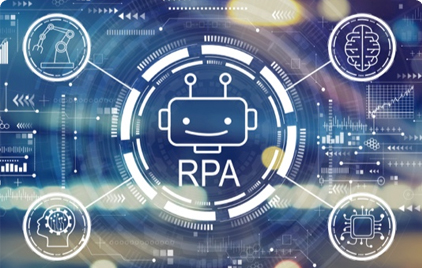
In the late 19th century a few prominent physicists in a fit of hubris proclaimed that we had reached the pinnacle in Physics and there was nothing more earth-shattering left to uncover. They lamented that humankind would leave the job to the jejune to ferret out the discoveries and convert them into mundane applications.
A few decades later, a little known physicist, Albert Einstein upended the community with Quantum Science and Theory of Relativity’s twin discoveries. When a society is at the cusp of grandioseness and boldly declares the arrival of perfection, surprises displace them from their positions of zenith. One specific technology where I see such hubris creeping in is RPA (Robotic Process Automation). Just a few years back, there was intense excitement about the opportunities presented by the technology and today I hear that many of them have reached advanced levels of maturity. When one digs deeper to understand the prevalence of automation, I hear a retort with pride- ” We have deployed 100 Bots” and that in an organization which has 100,000 employees.
The truth is that the RPA revolution has just begun. It has just left the closet of pilots and proof of concepts. It is also true that the band of applicability of RPA has been too narrow. Organizations have chosen the most straightforward problems, those scenarios where the process can be automated end to end by an unattended system. Opportunities for automation exist in numerous use cases. BOts have replaced just a minuscule of routine work. A bulk of everyday activities are more complex, involve partial human efforts or require customization. Despite the advent of AI and Intelligent Automation, only a few organizations truly understand the import of these terms. Converting these concepts into practical, real-life applications in a scalable and sustainable manner has been a challenge. As usual, the hype has run faster and has overtaken the reality on the ground.
To summarise the challenges concerning implementation have not gone away, the technology has not matured, and automation opportunities have not been exhausted. One has just touched the tip of the iceberg.
Three changes are required to usher in the next big revolution in RPA.